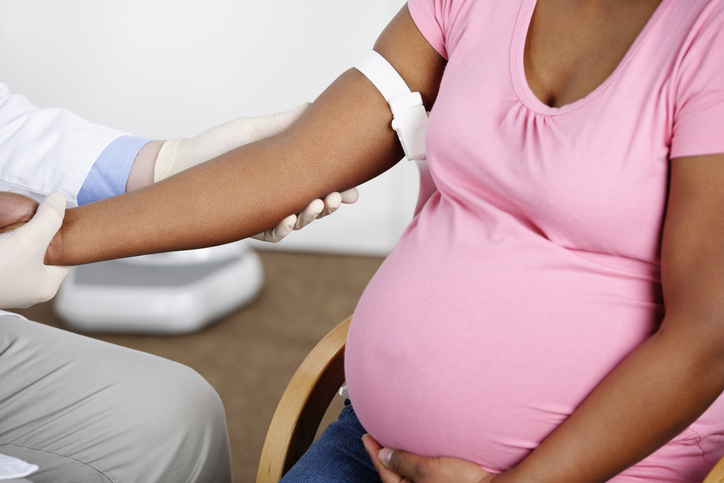Professor Craig Pennell, Chair of Red Nose’s National Scientific Advisory Group, explains why our latest stillbirth research project is so important, and the potential it has to significantly reduce stillbirth rates in Australia.

In Australia, one baby is stillborn every four hours. The impact each loss has on families and our communities is absolutely heartbreaking.
Up to 60 people are affected by the death of every baby that is born still, including grandparents, siblings, aunts, uncles, friends and colleagues.
With such a devastating and far reaching impact, we know the time to act on this awful statistic is now. And, thanks to our supporters, we can make a real difference in reducing the national rate of late-term stillbirth in Australia.
What research tells us so far is that the survival of a baby in-utero depends on the effective functioning of the placenta. As it grows and develops, the fetus requires more and more nutrients, especially once it reaches 36 weeks. As the pregnancy advances, the placenta is ageing.
But what happens if the placenta ages more rapidly than the developing baby?
Placentas age at different rates, just like people do. As the placenta ages as the pregnancy advances, stillbirth becomes more likely, especially after 39 week’s gestation.
Because of this, there is an urgent need for better methods to detect if a baby is at risk of stillbirth due to an ageing placenta.
This is why Red Nose is funding new research that will make a real difference in preventing stillbirth, in line with the organisation’s mission to reduce the more than 3,000 babies who are dying suddenly and unexpectedly every day in Australia to zero.
Thanks to your support, Red Nose’s newly funded research project will investigate the biochemistry of placental ageing in pregnant women, and from there, develop blood tests to predict pregnancies most at risk of stillbirth – resulting in the reduction of stillbirth rates, and positively impacting families’ lives globally.
Tragically, 1 in 100 Australian pregnancies that reach 20 weeks’ gestation end in stillbirth. Research has already identified that many of these deaths are triggered by an ageing placenta. This is something that is completely out of the mother’s control. Some placentas can begin to age weeks before the mother’s due date, slowly reducing the nutrients and oxygen the fetus needs to survive.
But thanks to your support, this Red Nose-funded research project will define the biochemical pathways involved in the process of placental ageing. It will also define which markers of placental ageing are released into the mother’s bloodstream.
Once the research is completed, these results will be used to develop blood tests to predict which women are at risk of experiencing a stillbirth, enabling health professionals to deliver the baby early, before the unimaginable can happen.
A research project such as this one is incredibly exciting and offers tremendous opportunities in the area of stillbirth prevention.
Thanks to this research, health professionals will be able to offer preventative care to women at risk of delivering a stillborn baby. Your ongoing support is what helps fund this world-leading research, enabling medical professionals to offer preventative care to women at risk of delivering a stillborn baby.
Project Title:
Understanding the biochemistry of placental ageing to develop diagnostic tests to predict pregnancies at risk of stillbirth
Research Duration: 2 years
Team:
Laureate Professor Roger Smith AM, School of Medicine and Public Health, University of Newcastle.
Professor Craig Pennell, Chair of Obstetrics & Gynaecology, School of Medicine and Public Health, University of Newcastle & Principal Researcher, Hunter Medical Research Institute.
Dr Kaushik Maiti, Researcher, Mother and Babies Research Centre, University of Newcastle
Read our latest Supporter Update here.
Support our research, and together we can help stop little lives being cut short.
